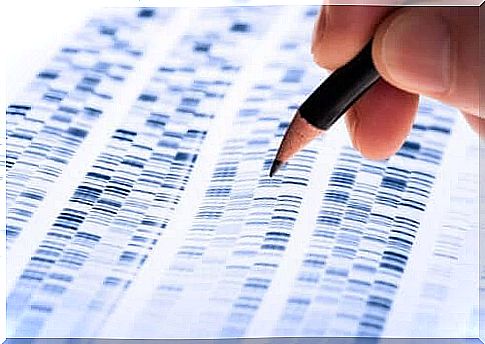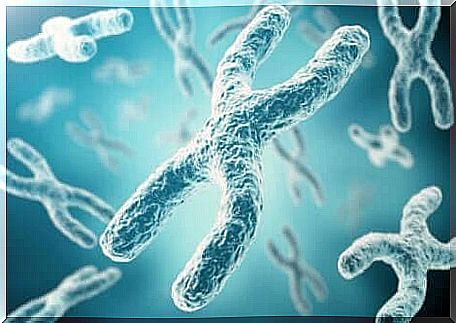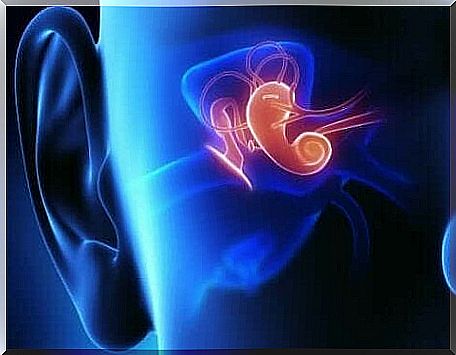Gene Therapy To Cure Prelingual Deafness

Gene therapy could be the solution for prelingual deafness. This therapy could then supplant the use of cochlear implants. The results in some animal studies of its use have been positive.
Have you ever heard of gene therapy? And does that also apply to prelingual deafness? You must first understand these two concepts well in order to understand this new treatment method to overcome this problem. So let’s see what these terms mean.
What is prelingual deafness?
Prelingual deafness is defined as hearing loss present at birth or before language development. It can be total or partial deafness, ie the child has no ability to hear.
The problem is usually congenital and can also be hereditary. Often this type of hearing loss is so severe that the child cannot process language information through the ear, with or without amplification.
An ordinary hearing aid will therefore not be able to cope with the problem. 80% of childhood deafness is present at birth. Interestingly, most deaf children are born into families with normal hearing.
Gene therapy is a new field in medicine

Treatments based on the human genome are gaining in popularity for curing certain diseases, such as cancer. This therapy consists of introducing genes to correct any abnormalities in the genome that can cause disease.
A gene is a part of DNA that contains the information needed to synthesize a specific protein in the body. These parts of the DNA can undergo certain changes, that is, mutations.
These mutations can then lead to the synthesis of defective proteins that can result in the development of diseases. Gene therapy tries to correct these defects correctly.
However, there are still many open questions, even as testing for gene therapy in humans has progressed rapidly. Scientists wonder, for example, whether therapeutic genes (Spanish link) themselves can cause diseases. They also wonder what the ethical limits of gene therapy are.
Current treatment options for prelingual deafness
At present, babies with prelingual deafness can only use hearing aids. But these are not a good solution in all cases, which is why some require surgery.
Hearing aids convert electrical waves into sound waves when you put them in your ear. The custom-made devices allow people to easily attach them to the ear or place them in the ear to improve sound reception.
People who are deaf or hard of hearing should start wearing a hearing aid to amplify ambient sounds as soon as possible after a diagnosis. If the above methods do not improve the situation, someone may need a cochlear implant.
Gene therapy and prelingual deafness

Much progress has been made in medicine, and researchers wondered if it would be possible to apply gene treatments to treat deafness from a completely different perspective.
That is, without the need for cochlear implants or hearing aids. However, these techniques are still being studied in animals and not yet applied to humans.
Results have been published from two studies using this type of gene therapy. Researchers seem to have achieved interesting results for the treatment of severe hearing problems.
Now they both focus their research on the problem of hearing diseases of exclusively genetic origin. This problem currently affects more than 125 million people in the world.
The difficult part of this treatment is due to the fact that viruses are used to introduce healthy genes into the body. These microorganisms may not be able to get into the cells of the ear.
One of the published papers explains how a gene that produces a fluorescent protein was introduced into the cells of a mouse’s ear with a synthetic variant of a virus. Another positive result is that no side effects have occurred with this type of treatment.









